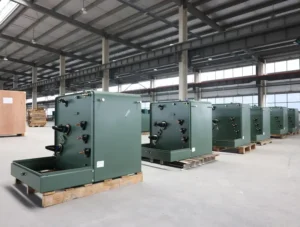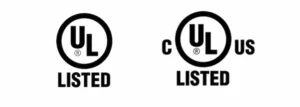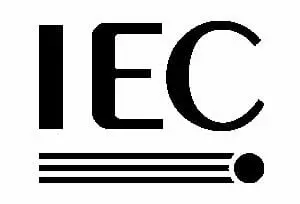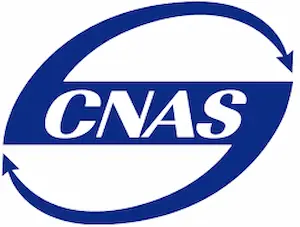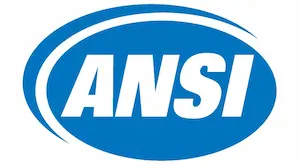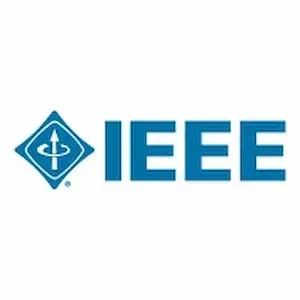Pad mounted Transformer Boxes U.S. Required Certifications
Understanding the certifications required for a pad mounted transformer box in the U.S. is critical for ensuring safety, efficiency, and compliance with national standards. These certifications guarantee that the transformer box meets industry-specific requirements for installation, operational safety, and environmental considerations. Key certifications include UL Certified, ANSI/IEEE standards, DOE regulations, NEMA guidelines, and SGS testing. Let’s dive deeper into the specifics of each certification and their applicable guidelines.
Key Takeaways
- UL Certification ensures that pad-mounted transformer boxes meet safety standards, focusing on fire safety, material durability, and environmental protection (e.g., UL 50, UL 1741).
- ANSI/IEEE Standards provide uniform design and performance guidelines, with key standards like IEEE C57.12.28 and ANSI C57.12.34, which ensure tamper resistance, compatibility, and operational efficiency.
- DOE Regulations (10 CFR Part 431) focus on energy efficiency, reducing energy loss in pad-mounted transformers, making them essential for cost-effective installations.
- NEMA Guidelines like NEMA TR 1 and NEMA 250 address noise levels and environmental protection, ensuring transformers can be safely installed in varied settings, including residential areas.
- SGS Testing provides third-party verification for safety, performance, and EMF emissions, ensuring compliance with international standards and addressing health concerns related to EMF exposure.
Skid Mounted Transformer(Small-substastion Transformer)
Single Phase Pole Mounted Transformer
Oil Immersed Power Transformer
Table of Content
UL Certified
Underwriters Laboratories (UL) Certification is one of the most recognized certifications for pad mounted transformer boxes in the U.S. UL standards ensure that electrical equipment like transformer boxes meets rigorous safety and performance criteria. Specific standards for pad-mounted transformer boxes include:
- UL 50: This standard focuses on enclosures for electrical equipment, covering aspects like environmental protection and corrosion resistance. It ensures that the pad-mounted transformer box can withstand various environmental conditions.
- UL 1741: While primarily aimed at inverters and similar equipment, this standard is relevant for transformer installations connected to renewable energy sources, ensuring compatibility and safety with solar and wind installations.
- Scope: UL certification typically covers aspects such as fire safety, material strength, and durability, ensuring the pad-mounted transformer box is suitable for both residential and industrial applications.
ANSI/IEEE Standards
American National Standards Institute (ANSI) and Institute of Electrical and Electronics Engineers (IEEE) standards are essential for pad mounted transformer boxes. These standards ensure that the design, manufacturing, and operational practices are uniform across the industry. Key ANSI/IEEE standards include:
- IEEE C57.12.28: This standard pertains specifically to pad-mounted transformers and their enclosures, focusing on tamper resistance, corrosion resistance, and grounding.
- ANSI C57.12.34: This standard provides specifications for the mechanical and electrical characteristics of pad-mounted transformers, such as single-phase and three-phase configurations. It ensures that pad-mounted transformer boxes can operate efficiently in a wide range of environmental conditions.
- Scope: These standards help in maintaining uniformity in design and ensure compatibility between different models and manufacturers, which is crucial for pad mounted transformer installation in various settings.
Get it now: What is a pad-mounted transformer?
DOE (Department of Energy) Regulations
Department of Energy (DOE) regulations focus on energy efficiency for pad mounted transformer boxes, ensuring they meet strict energy-saving criteria. The relevant regulation is:
- 10 CFR Part 431: This part sets the minimum energy conservation standards for distribution transformers, including pad-mounted transformers. It aims to reduce energy loss during the transformation process, thus ensuring efficient energy use in both residential pad-mounted transformers and industrial applications.
- Scope: Compliance with DOE standards is mandatory and directly impacts the operational cost and energy efficiency of pad mounted transformer boxes, making it crucial for manufacturers and installers to adhere to these guidelines.
Get it now: Distribution Transformer Standards in Canada
NEMA Guidelines
National Electrical Manufacturers Association (NEMA) provides standards that focus on the environmental and operational performance of electrical enclosures, including pad mounted transformer boxes:
- NEMA TR 1: This standard offers guidelines for the sound level limits of transformers. Reducing noise is particularly relevant when installing a pad-mounted transformer in front yards or residential areas.
- NEMA 250: This standard focuses on the protection provided by enclosures against external environmental factors like dust, water, and corrosion.
- Scope: NEMA standards ensure that pad mounted transformer boxes are suitable for different environmental conditions and have adequate protections to operate safely in various regions.
SGS Testing

SGS (Société Générale de Surveillance) is a global testing, inspection, and certification company that provides third-party validation for pad mounted transformer boxes:
- Scope: SGS focuses on verifying that the transformers meet international and regional safety and performance standards, including tests for electromagnetic field (EMF) emissions, which is often a concern for pad mounted transformer EMF impacts in residential areas.
- EMF Testing: SGS can conduct tests to ensure compliance with acceptable EMF levels, addressing concerns about pad-mounted transformer health risks and ensuring that the installation is safe for public exposure.
These certifications collectively ensure that pad mounted transformer boxes meet stringent safety, efficiency, and performance requirements, allowing them to be used in diverse applications from urban residential areas to industrial settings.

